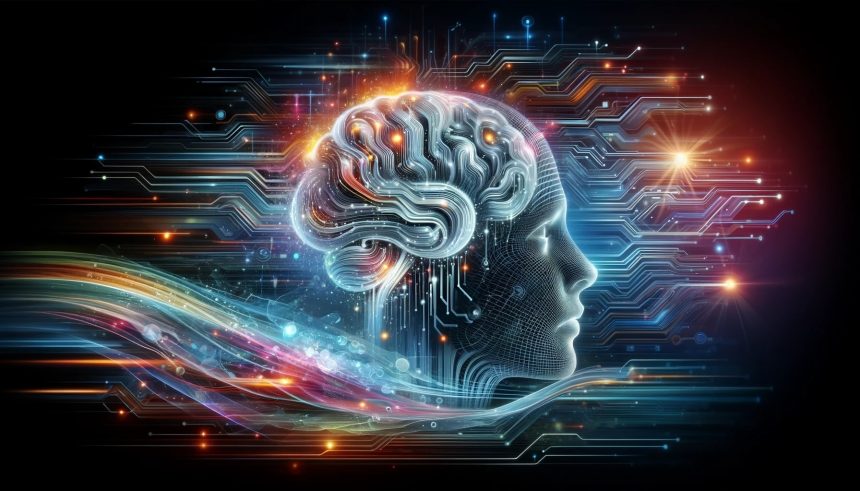Recent research from Johns Hopkins University examines how A.I. systems have difficulty grasping human social dynamics in real-world environments. The study investigates the ability of various A.I. models to evaluate subtle interactions depicted in brief video clips. Additional considerations include how autonomous technologies, such as Waymo’s robotaxi and the Jaguar I-PACE, face challenges when interpreting dynamic human behaviors. Observers note that the research may signal a need for rethinking A.I. simulation of human cognition in everyday scenarios.
Earlier reports and independent studies have also highlighted discrepancies between A.I. interpretations and human assessments of social scenes. Similar experiments have often demonstrated that while machines excel in processing static images, they falter when examining rapidly evolving interactions. Some experts have expressed caution over deploying current A.I. systems in safety-critical applications without further refinement.
Does A.I. Understand Social Interactions?
The study clearly indicates that A.I. systems struggle with evaluating group interactions.
“The A.I. needs to be able to predict what nearby people are up to,” stated Leyla Isik, a co-author and professor of cognitive science at Johns Hopkins University.
Human participants consistently rated the intensity of interactions, while the 380 A.I. models produced varied, inconsistent results. This discrepancy emphasizes a gap in current technological models compared to human intuition.
Can A.I. Predict Dynamic Behavior?
Findings show that A.I. predictions deviate significantly from those of human observers when analyzing dynamic social scenes.
“There are many things, like chess, that A.I. is better at and many tasks that we might be better at,” explained Konrad Kording, a professor at the University of Pennsylvania.
Experts suggest that this divergence arises from A.I. neural networks being specialized for static image recognition, a design that limits their effectiveness in processing dynamic interactions.
Will A.I. Integration Improve Safety?
Research indicates that the architectural limitations of current A.I. systems could affect safety in applications like autonomous vehicles. The study implies that a deeper understanding of social contexts is essential before deploying these systems in environments where human behavior is unpredictable. Improving model design may help bridge the gap between static object recognition and dynamic social interpretation, ultimately enhancing decision-making processes in real-world applications.
The findings prompt a careful reassessment of A.I. deployment in fields requiring nuanced social understanding. Detailed analysis suggests that while A.I. excels in logical and structured tasks, its current configurations fall short in interpreting the evolving nature of human interactions. Experts recommend that future research focus on enhancing dynamic data processing in neural networks to better mimic human social cognition, potentially preventing operational risks in high-stakes scenarios.










